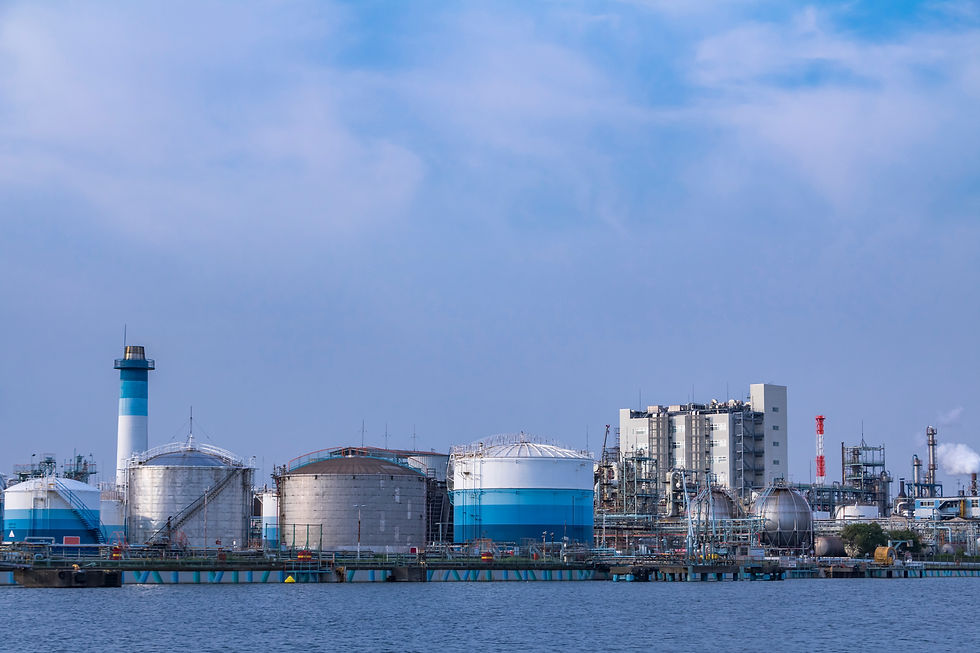Lukewarm Weather is Driving NG Storage Up and Prices Down
- CEPM Staff
- Oct 2, 2020
- 2 min read
Comfortable weather is causing uncertainty in the natural gas futures market. Natural gas futures, one of the metrics commodities traders use to gauge the market, have fallen after a steady rally.
Natural gas is used year-round for residential and commercial energy needs but fluctuates with the seasons. In the winter, demand increases as households use more natural gas for home heating. Demand then decreases in the spring as it warms up before rebounding in the summer when much more electricity is used to power air conditioners. Natural gas storage reflects this pattern, falling in winter months and rising in the summer. However, the weather has found a stagnant “sweet spot” in which demand for gas has dropped and storage is on the rise.
Natural gas prices are directly related to production and storage. When demand is low, there is a surplus of natural gas storage which lowers prices, and when demand is high, storage is depleted forcing prices to rise. Pleasant weather in the northeast has driven gas demand down, as it is too warm to turn on furnaces to heat homes, yet not hot enough to blast air conditioners utilizing natural gas-fired electricity. In fact, the amount of heating degree days (HDD) is lower than historical averages. Heating degree days are a metric that predicts natural gas usage by tracking the number of days the average temperature is below 65 degrees Fahrenheit. That is, the more heating degree days, the more gas is expected to be used. HDDs are currently at 37, which is 3 days fewer than the 30-year average of 40 for this period. What may seem like an insignificant change has a major effect on natural gas storage.
With demand down, natural gas storage climbed to 104 bcf, 15 bcf higher than the 5-year average and 19 bcf higher than the same week last year. Storage is also poised to rise given the continued upward trend in production. If the weather remains temperate, keeping demand low, and gas production continues to rise, we can expect natural gas prices to drop further than their already historic lows. When the weather warms up and electricity demand rises due to increased use of air conditioners, gas storages could hold the key to the generation of this electricity.



Comments